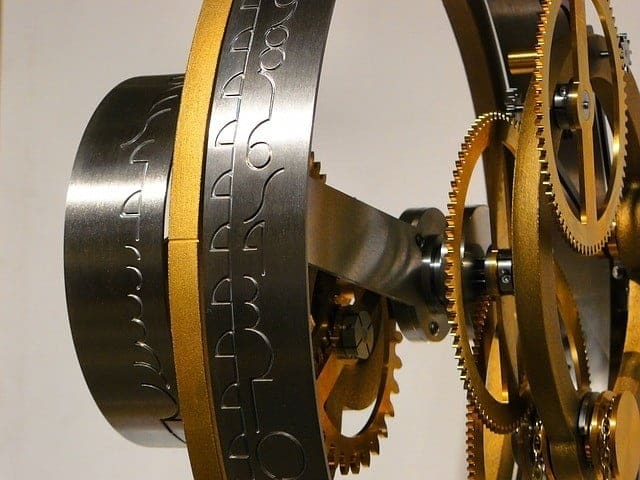 What can a museum do to develop design skills? As a matter of fact, it could be a dynamic creative space for such skills development. In this spirit, Victoria and Albert Museum in London launched a school project. With the mission to “promote design education for the future” that is called DesignLab Nation. The museum focus was to promote crafts skills from the heritage of manufacturing and design in industrial cities. Thereby, the project was located in the museums in Blackburn and Coventry. It was a response to the calls about the lack of vocational skills within the field.
What can a museum do to develop design skills? As a matter of fact, it could be a dynamic creative space for such skills development. In this spirit, Victoria and Albert Museum in London launched a school project. With the mission to “promote design education for the future” that is called DesignLab Nation. The museum focus was to promote crafts skills from the heritage of manufacturing and design in industrial cities. Thereby, the project was located in the museums in Blackburn and Coventry. It was a response to the calls about the lack of vocational skills within the field.
Gamification to understand what motivates people
In a similar spirit, but digital, researchers at Penn State University is using gamification to understand what motivates people on an individual level. In order to develop personalized methods for learning. One of the researchers, Conrad Tucker, assistant professor of engineering design technology and professional programs, explains for phys.org:
“Using people to individually evaluate others is not efficient or sustainable in time or human resources and does not scale up well to large numbers of people. We need to train computers to read individual people. Gamification explores the idea that different people are motivated by different things.”
Machine learning is thereby the engine to adapt the learning environment, content and pedagogy to individual requirements for learning.
Develop design skills
From these projects, we learn that big data works to boost motivation and to personalize learning to make it more efficient. In the next step, the project’s goal is to improve workplace performance and develop individual virtual reality classrooms. While design thinking, and develop design skills requires human interaction and historical knowledge etc., even though like in the case above it is based on the environment of the machine-centred old industrial society. In the digital society the new division of work is decreasingly between people, but increasingly between human intelligence and artificial intelligence.
Written by
LarsGoran Bostrom©
Opens in a new tab


